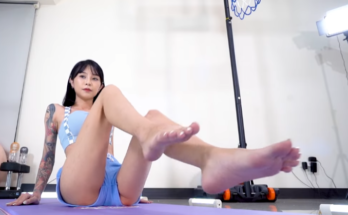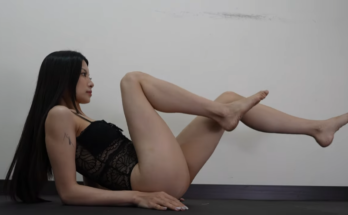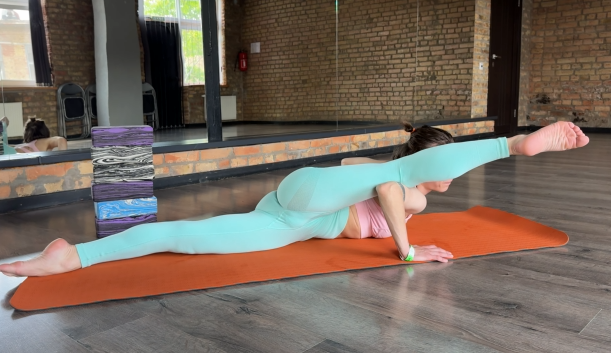
If you’ve ever tried a hip-opening yoga pose and wondered, “Wait… is this yoga or some kind of acrobatics?”, you’re not alone! Hip openers can be some of the most intense, rewarding, and transformative poses in yoga. They test your flexibility, your patience, and even your emotions. In this deep dive into the Hip Opener Challenge, we’ll explore what makes these postures so powerful, how to approach them safely, and why you might feel like you’ve just had a therapy session after finishing your practice.
🌸 Why Hip Openers Matter
Your hips are like a secret storage room for your body’s tension. Every step, every emotional experience, and even long hours of sitting can make your hips stiff and sore. In yoga, the hips are considered a major energy hub, connected to the sacral chakra, which governs emotions, creativity, and relationships.
When you open your hips, you’re not just stretching muscles – you’re releasing old energy. That’s why so many people feel emotional during deep hip stretches. Sometimes a pose like Pigeon Pose or Frog Pose brings tears to your eyes, not from pain but from letting go of something you didn’t even realize you were holding.
Hip openers can:
- Improve lower body flexibility and mobility
- Relieve lower back pain
- Enhance posture and balance
- Boost circulation in the pelvic area
- Support emotional release and grounding
💪 Yoga or Acrobatics?
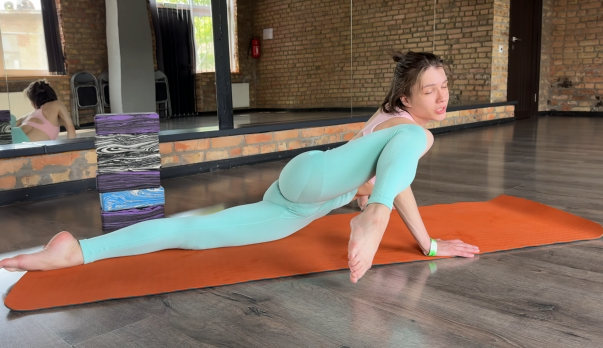
Let’s be honest — some hip-opening poses look absolutely wild. The deep splits (Hanumanasana), Eka Pada Rajakapotasana (One-Legged King Pigeon Pose), or Compass Pose look like circus tricks more than yoga. But here’s the truth: you don’t need to be an acrobat to enjoy the benefits.
The goal is not to achieve extreme flexibility but to create space in the hips and connect breath with movement. Yoga focuses on alignment, awareness, and the journey within. Acrobatics, on the other hand, often aims for performance and external beauty.
So while some poses might look acrobatic, when practiced mindfully, they are deeply yogic — about presence, patience, and acceptance.
🧘♀️ The Hip Opener Challenge
This challenge is about exploring the hips safely and progressively. You’ll move from gentle stretches to deeper, more demanding postures over time. Think of it as a journey into your body’s hidden spaces.
Here’s a sample 7-day Hip Opener Challenge to awaken your lower body and release tension.
Day 1: Butterfly Pose (Baddha Konasana)
Sit tall, bring the soles of your feet together, and let your knees fall open.
Hold your feet with your hands and breathe deeply. Feel the stretch in your inner thighs.
Stay here for 2–3 minutes, focusing on releasing the hips with each exhale.
💡 Tip: Don’t push your knees down — let gravity do the work.
Day 2: Lizard Pose (Utthan Pristhasana)
From a lunge position, place both hands inside your front foot. Lower your back knee down and allow your hips to sink.
You can stay on your hands or come down to your forearms for a deeper stretch.
🔥 Challenge: Hold for 1–2 minutes on each side. Notice the heat building in your hips — this is where progress begins.
Day 3: Pigeon Pose (Eka Pada Rajakapotasana)
Start in downward dog, bring one leg forward, and place your shin across your mat.
Fold over your front leg and rest your forehead on your hands or a block.
This pose deeply stretches the glutes, hip rotators, and psoas.
💬 Reminder: If your hips feel tight, place a blanket or block under the bent leg’s hip for support.
Day 4: Frog Pose (Mandukasana)
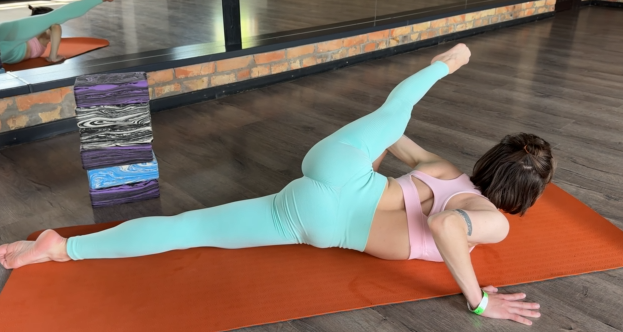
Kneel on all fours, slowly slide your knees apart, and bring your shins parallel to each other.
Your hips will lower toward the floor as you rest on your forearms.
It’s intense — breathe deeply and stay for 1–2 minutes.
💧 Emotion alert: This pose can unlock deep emotions. Allow whatever comes up to pass through you.
Day 5: Low Lunge with Quad Stretch
From a lunge, drop your back knee and bend it to grab your foot behind you.
This opens both the front of your hip and your quadriceps.
Keep your core strong to protect your lower back.
🌈 Balance note: Try to keep your front knee stacked over your ankle.
Day 6: Fire Log Pose (Agnistambhasana)
Sit down and stack your shins like two logs.
Flex both feet and gently lean forward.
You’ll feel a strong, deep stretch in the outer hips.
💥 Feel it deep: Stay for 2–3 minutes. This is where real opening happens — both physically and mentally.
Day 7: Full Split (Hanumanasana)
If you’re ready, slide one leg forward and the other back. Support yourself with blocks under your hands.
Don’t force it — let gravity and breath guide you.
Even if you only go halfway down, celebrate your progress!
✨ Symbolism: This pose represents courage and surrender — the perfect finale for your hip-opening journey.
🌬️ Breathe Through the Challenge
In every hip opener, breathing is your best tool. The moment you hold your breath, your muscles tighten. When you breathe slowly and deeply, your nervous system relaxes, allowing your body to open naturally.
Try this simple breathing rhythm:
- Inhale deeply through the nose for 4 counts
- Exhale slowly for 6 counts
- Imagine your hips softening with every breath out
You’ll be surprised how much deeper you can go just by focusing on your breath.
💞 The Emotional Side of Hip Openers
Many people report feeling emotional during or after deep hip stretches. It’s completely normal. The hips are connected to your sacral chakra, which holds energy linked to emotions like fear, guilt, and sadness. When you release tightness here, you might feel waves of emotion — even tears.
Instead of resisting, welcome the release. It’s your body’s way of letting go of what no longer serves you. Afterward, you’ll feel lighter, freer, and more at peace.
🧘♂️ Safety and Mindfulness
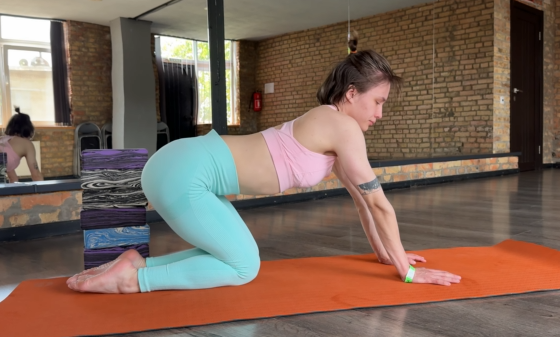
Hip openers can be powerful, but they also require care. Never force yourself into a pose. Flexibility comes with consistent practice, not pushing through pain.
Remember:
- Warm up before deep stretches.
- Use props like blocks, straps, or cushions.
- Listen to your body’s signals — discomfort is okay, pain is not.
- End each session with a gentle counterpose, like Child’s Pose or Supine Twist.
🌺 Beyond Flexibility: What You Gain
After a week or two of consistent practice, you’ll notice changes beyond your hips.
You’ll walk taller, move easier, and maybe even sleep better. Your posture improves, your mind calms, and your body feels more open.
You’ll also realize that this challenge isn’t just about flexibility — it’s about self-awareness. Yoga teaches us that growth comes from patience, breath, and acceptance.
So, whether you’re gliding into Pigeon Pose or barely managing Butterfly Pose, remember: every inch of progress is a celebration of your body’s wisdom.
🌟 Final Thoughts
So, is it Yoga or Acrobatics? The answer is simple — it’s yoga, deeply felt. It’s the art of connecting your breath, body, and mind while exploring your limits with kindness.
Every deep stretch, every breath, every trembling muscle reminds you that opening up — physically or emotionally — takes courage.
When you roll up your mat after this Hip Opener Challenge 💥🧘♀️, don’t just notice how loose your hips feel. Notice how free your spirit feels too. Because sometimes, the tightness we release in our hips is the same tightness we’ve been holding in our hearts.
Breathe, release, and let go — your body will thank you. 🧘♀️💫
